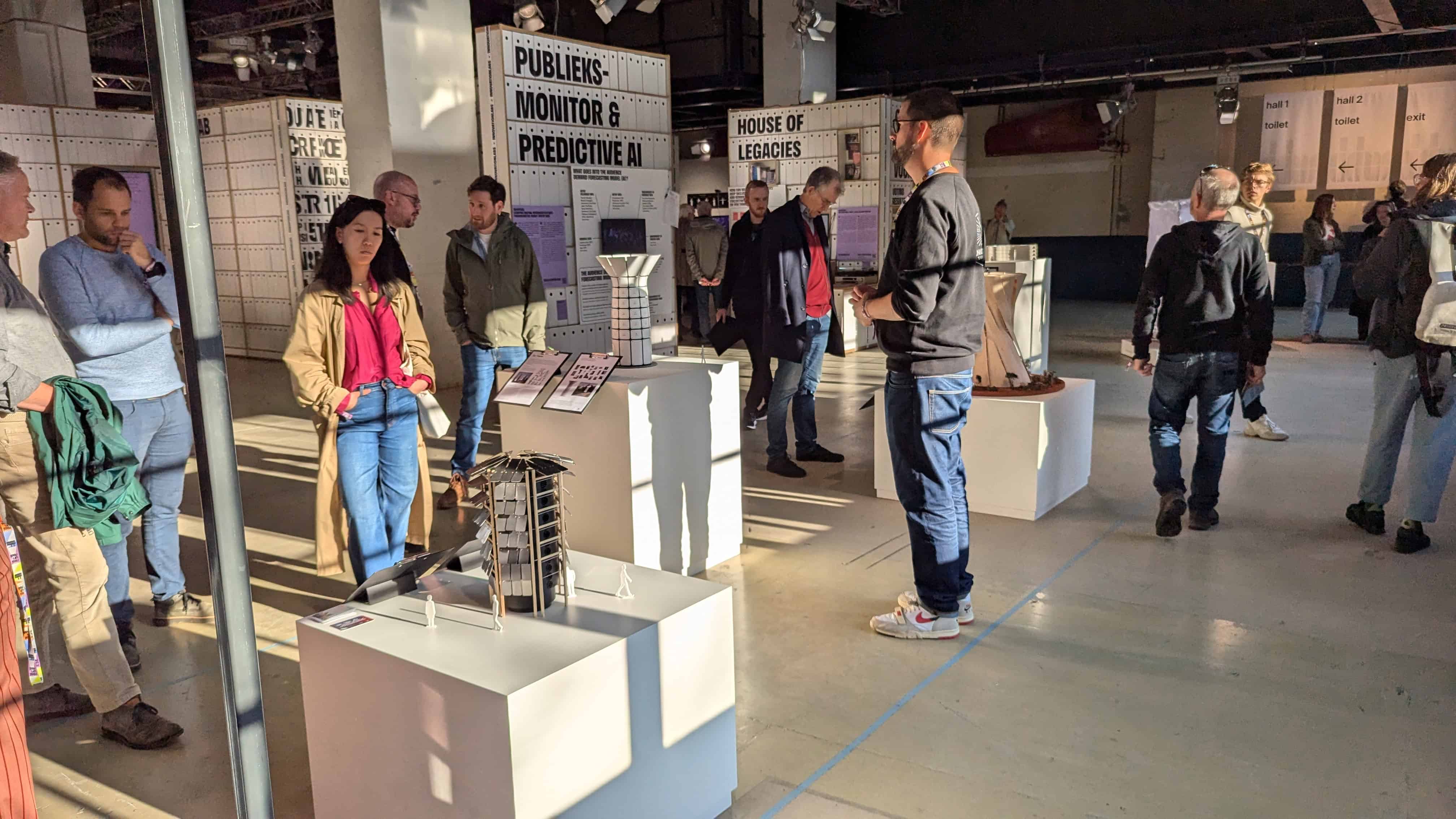
Before she graduated from the University of the Arts Utrecht (HKU), Samira Charroud was never busy with her origins. The daughter of a Moroccan father and a Dutch mother switches effortlessly between these two worlds. She stands with one foot in her mother’s Western culture, while her other foot stands in the Berber countryside of the Moroccan mountains. “I had a Dutch upbringing, but I spent a lot of time with family in Morocco when I was younger as well. I grew up immersed in Berber culture which I feel just as much connected to as Dutch culture.”
As Charroud grew older, she kept looking for a balance between the two worlds. “I grew up in both worlds, which is a self-evident thing when you’re young. You don’t think about it. As you get older, you start asking questions. As a teenager, I found it difficult to hear negative opinions about Moroccans. This shocked me, it didn’t match with the image I had of my family and the country. During my studies as an illustrator, I was only able to embrace my multicultural background again. I don’t have to choose sides, both are part of my identity. I don’t want to hide it. But I want to use it in my making.”
That personal quest in search for her North African roots resulted in four woven carpets. Charroud not only relates a personal story in these works – that of her father’s, yet she also has more to say. It’s about courage and hope as well as sadness and homesickness. Furthermore, the carpets are an ode to the unique position of women in Berber culture. “For thousands of years, weaving techniques have been passed on from mother to daughter; they tell each other stories that you can see in their weaving. I also tell stories in my work. I try to express something abstract like an emotion or sense in a visual way. Finding a form for this is interesting to me.”

Imagery
Charroud’s desire to express something in a visual way comes inadvertently from her Berber roots. “I would always be told stories when I was with my grandmother and uncles. I hardly speak the language, but because of their body language and translated literature, songs and poetry, I know how expressive the language is. Lively and full of imagery. They feel so connected to the countryside where they live that they give it human characteristics. That’s how the earth can feel and a mountain can cry. These are metaphors to express how much it hurts when they leave the country they love so much in search of a better life. This imagery is reflected in my work.”
“Usually these are drawings, but they might as well be actual products,” Charroud states. She made a freeze chair for a project wherein she wanted to depict the emotions of survival, as in: flee, fight or freeze. Somebody is literally stuck in this chair and has no way out. “It makes something abstract tangible and you can experience what it feels like to freeze. That’s how I want to make that kind of thing more interesting, without overdoing it.”
Worn by women
The carpets that Charroud is showing during the Dutch Design Week have been manufactured by company. “I tried all kinds of knot techniques and weaving methods myself. But I didn’t think the result was good enough”, says Charroud. She submitted her design and had the carpets woven by a company. Using recycled cotton in the loom. “But if I ever have the time and the money, then I think it would be great to explore that artisanal way of working.” This will be Charroud’s first major exhibition since she graduated.
“Admittedly, it’s really quite exciting though a lot of fun too. It allows me to tell my story to a larger audience.” It’s not necessarily so much that an artist wants to give or teach their visitors something. “It’s just that I grew up in two worlds, so I can tell a story from both perspectives. I also find it very special to let them know that women in Berber culture have a very different role than Dutch people often expect. Women have a high position within the family. Especially when it comes to upbringing or cultural things. This is something that women genuinely embrace.”
DDW
Location: Design Perron, Fuutlaan 12
The Dutch Design Week is the largest design festival in Northern Europe. Each year, we pick out ten designers from a huge selection that we consider to be this year’s Hidden Gems. You can read all about their stories there.
This series was created in collaboration with Dutch Design Daily and curator Katja Lucas from DDW. Would you like to visit the DDW hidden gems yourself? Every day, Brandstore Eindhoven/VVV is organizing a bicycle tour along the selected designers. More info can be found here.





